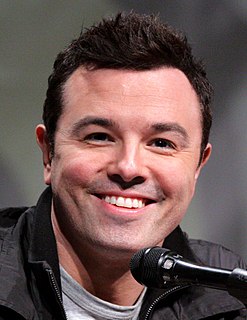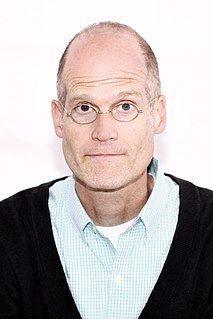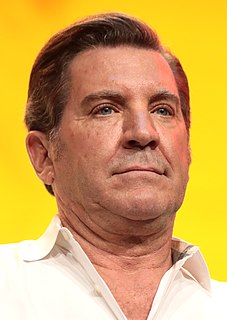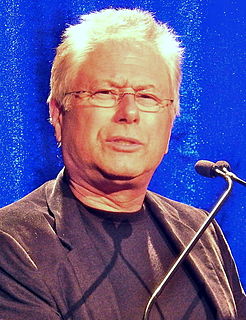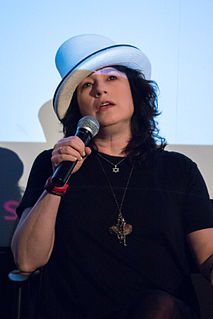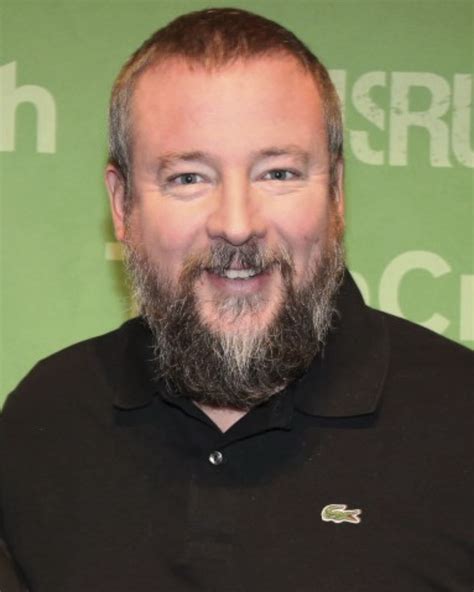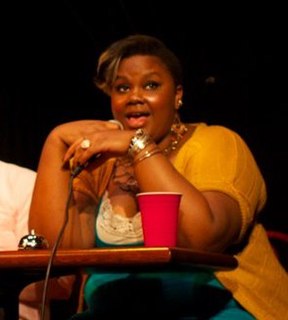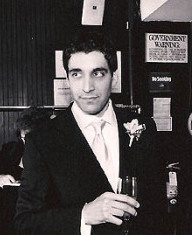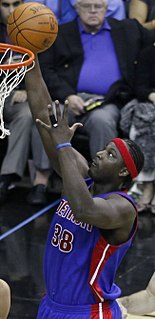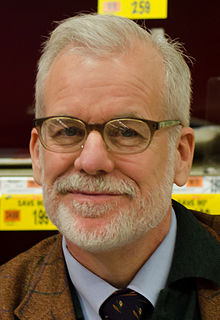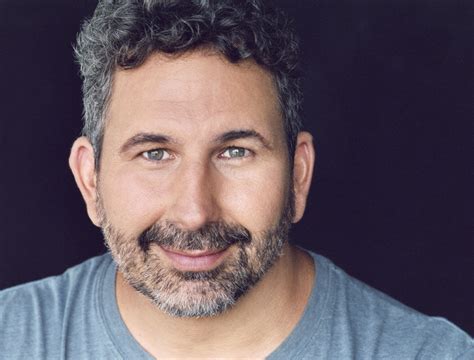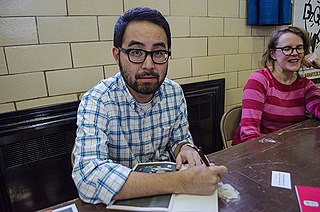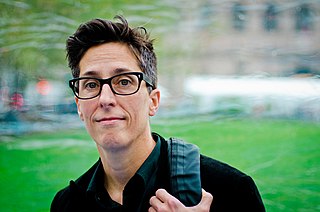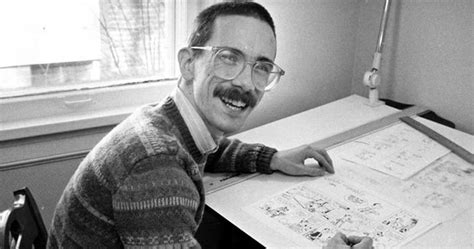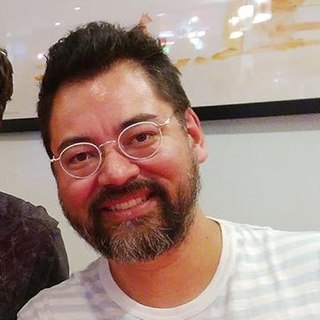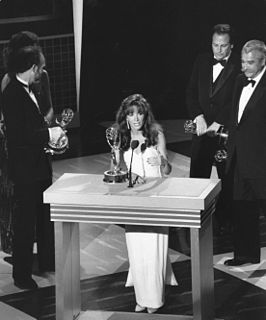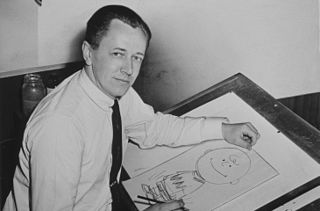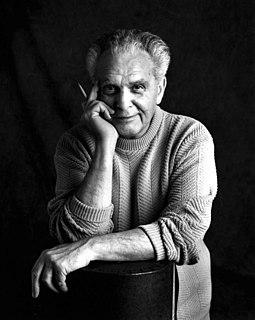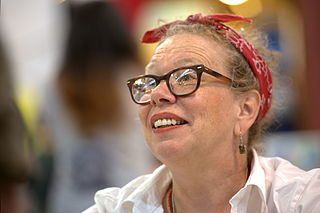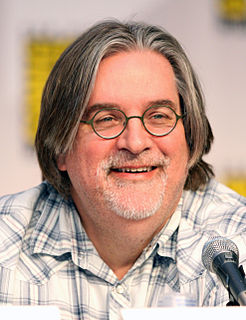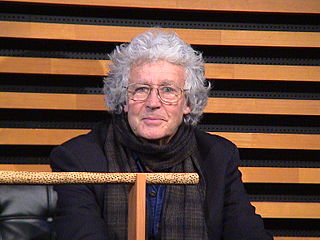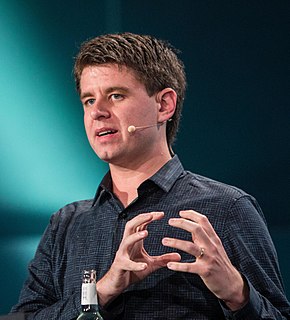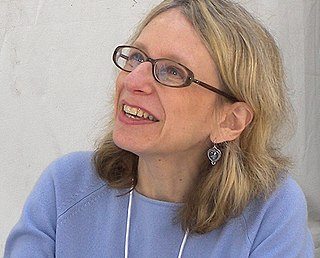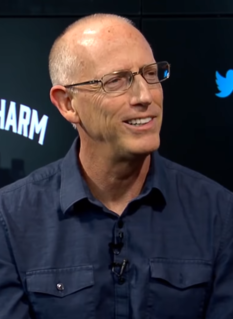A Quote by Seth MacFarlane
You break the story first, and then you go into the specifics.
Related Quotes
"Real" drawing is about specifics. It's about describing an object as accurately as possible. In a comic strip you have to draw a picture of the idea of the object. You have to draw the word that you are picturing, then you have to mix in specifics with it for it to work as a story. But you are still working with drawn words.
Because I come from the theater, I use the images of the theater and of movies a great deal when I write. I see the story in my head. I have to break down the outline of a story first. I have to know where I'm going. Usually I have a good beginning and a good ending, and then I think, "Now I have to find my way through it."
You have to be dynamic. You have to be able to change. So a lot of times we'll go to a country or go meet people, and then while we're there, the story changes and you have to be able to go with that. And then the story comes out in the editing room, which is a very documentary sort of process - not how news works. So that's different.
